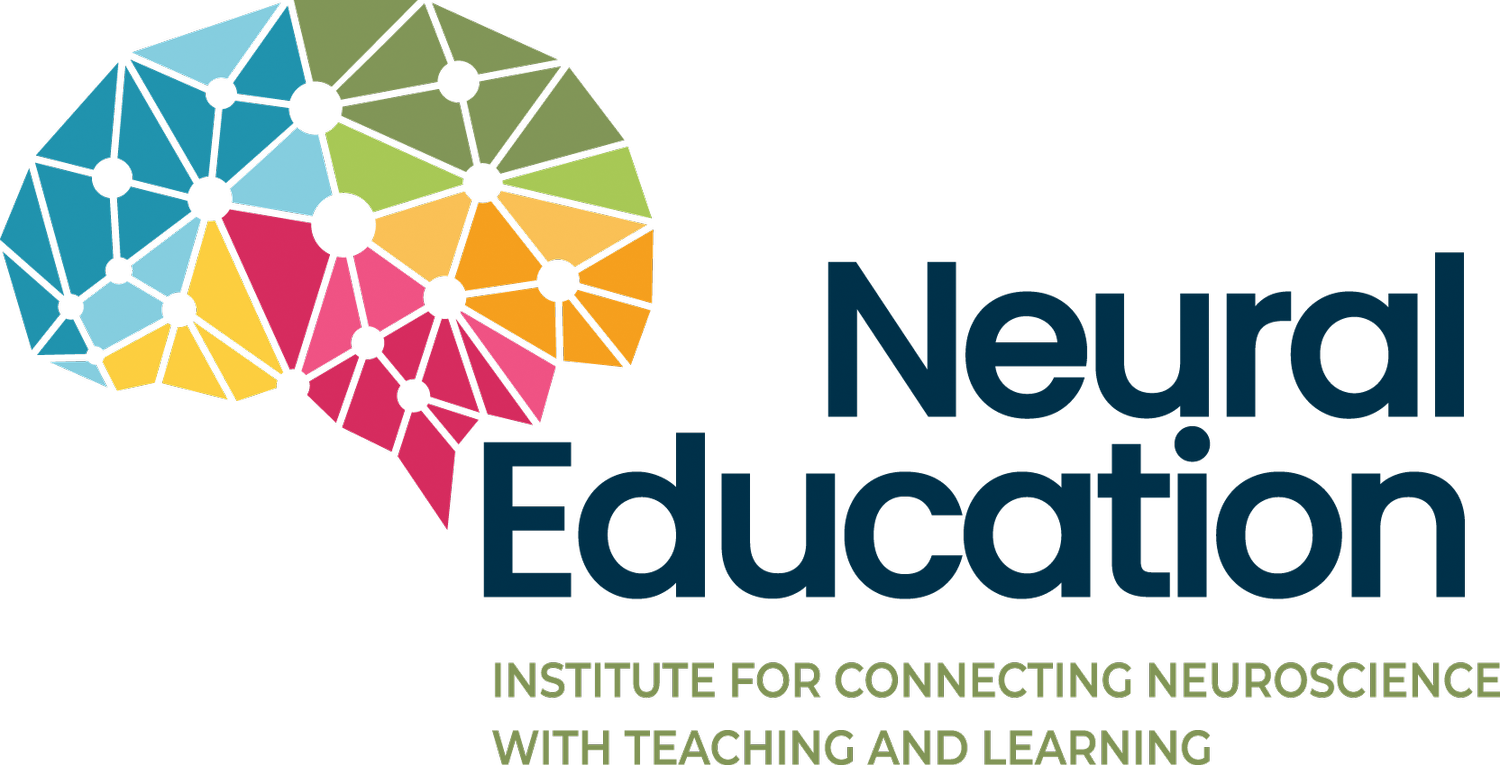"A Teacher & Student's Juggling Act"
In elementary school, my PE teacher announced that we were doing a unit on juggling. As a high school teacher now, I cannot imagine the bravery of that woman as she announced to a class full of elementary students that they were going to be given a series of objects to practice throwing and catching in a confined space, but nevertheless, it is exactly what happened.
We were given handkerchiefs. They were brightly colored pieces of extremely light fabric, practically tissue paper. On one hand, they didn’t go too high, which means we were less likely to break a light fixture or anything else. On the other hand, once they reached their minimum height, they slowly drifted back downwards, giving us plenty of time to catch them before throwing them up in the air. Two dozen faint puffs of smoke would shoot upwards and then float lazily back to the awaiting hand of the child who had just thrown it.
After a few minutes of practicing and giggling, we were given a second handkerchief with a new goal of throwing one in the air, and then the second before catching the first. With two hands and enough time, this was relatively easy, and soon bordered on boring. We were then given a third, and we began the rudimentary skill of juggling.
As an adult now, I can confidently say that I can juggle almost proficiently. At least, given three objects about the size of baseballs and enough space, I can keep those three objects in the air for a brief amount of time. I think my personal best stands somewhere between thirty and forty tosses before at least two of them end up on the floor. Do not ask me to juggle four. That is simply beyond my capacity.
In 1956, Psychologist George Miller published what would become one of the most foundational pieces of scientific literature in regards to memory. The paper, titled The Magical Number Seven, Plus or Minus Two, established the widely held belief that the human capacity for short term memory, or how many items someone could remember at one time, was somewhere between five and nine.
Similar to juggling, it was commonly believed that the human brain could keep a specific number of ideas in its range of focus and no more. When a new idea was thrown into the mix, one of the older ideas would have to be dropped. In the nearly seventy years since Miller’s paper was published, the research and theories around what is now more commonly known as working memory have evolved as well. Notably, Donald Broadbent in 1958, Nelson Cowen in 1988 and Alan Baddeley in 2000 have developed different frameworks for the capacity and mechanisms of working memory.
Currently, one of the more commonly accepted capacity limits for working memory is actually four items, with only one of those items being held within the “focus of attention.” Or, in juggling terms, I can throw four items into the air at one time, but I can only ever be focused on a single item at once in order to manipulate it by catching or throwing it. I am aware of the other three, but am unable to otherwise manipulate them until releasing the first. Basically, I’m juggling four handkerchiefs with one hand tied behind my back.
This, I believe, is one of the first and fundamental ideas that we need to understand as educators about the role of focus and working memory in learning. The models of Baddeley and Cowen both posit that the key to working memory is the role of the frontal lobe and the central executive system, or in over-simplified terms, the part of your brain that makes conscious decisions. Cowen’s model uses the terms control of attention and focus of attention.
Basically, that the frontal lobe “controls” where your attention goes, and the parietal lobes focus what your attention is actually on. Imagine that your brain is a massive warehouse of information, but there are no lights. In the middle of the warehouse is a desk with a flashlight but the desk can only hold a limited number of items from within the warehouse and the flashlight can only highlight one of those items at a time. You can hold a few items on your desk and they are slightly illuminated by the periphery of the flashlight so you know where they are, but if you want to look at any one of them directly, you need to focus the flashlight on it and it alone.
As a teacher, it is important to remember that we have limited control on where our students are focusing their attention. We can help them organize the items on their desk, and direct them where to point their flashlight, but we cannot control it all the time, especially for thirty students at once. During their time in the classroom, it is a constant juggle by the teacher of redirecting flashlights and helping students to rearrange their desks, while simultaneously organizing our own.
